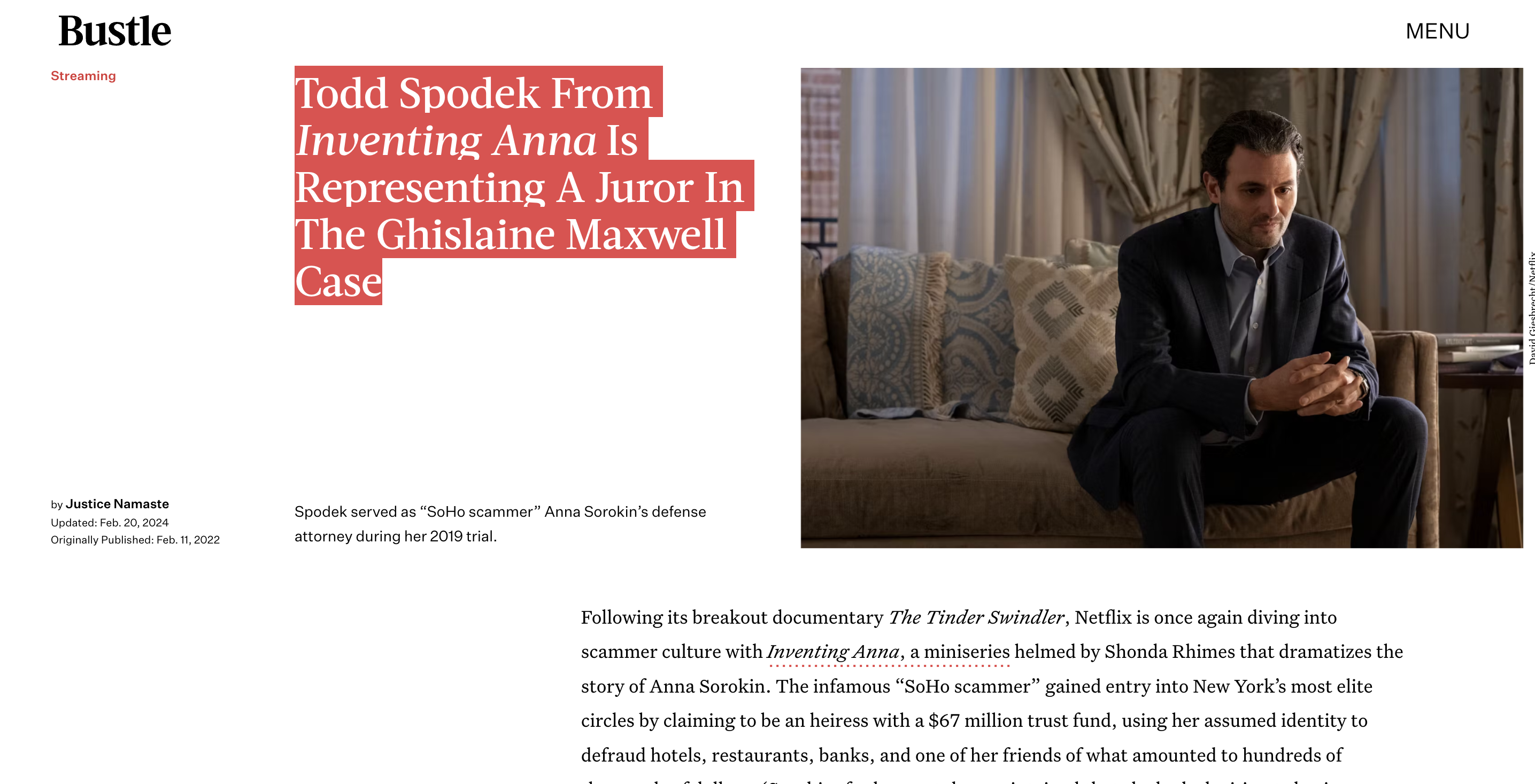Blog
Using FRE 801(d)(2) to Admit Opposing Party Statements
Contents
Using FRE 801(d)(2) to Admit Opposing Party Statements
The Federal Rules of Evidence 801(d)(2) provides an exception to the hearsay rule, allowing statements by opposing parties to be admitted into evidence. This rule can be a powerful tool for litigators to get damaging statements by the other side into the record. However, there are important limitations and strategic considerations to keep in mind when using 801(d)(2).
The Basics of 801(d)(2)
Under FRE 801(d)(2), a statement is not considered hearsay if it is offered against an opposing party and:
- Was made by the party in an individual or representative capacity;
- Is one the party manifested that it adopted or believed to be true;
- Was made by a person whom the party authorized to make a statement on the subject;
- Was made by the party’s agent or employee on a matter within the scope of that relationship and while it existed; or
- Was made by the party’s coconspirator during and in furtherance of the conspiracy.

In plain English, this means that any statements made by the opposing party or their representatives generally can’t be kept out of evidence on hearsay grounds. This includes statements made directly by the opposing party, statements they appeared to adopt as true, statements made by people authorized to speak for them, statements by their agents or employees, and even statements by their co-conspirators.
Using 801(d)(2) Strategically
While 801(d)(2) makes it easy to get the other side’s statements into evidence, litigators need to be careful in determining whether and how to use this rule. Here are some strategic considerations:
- Determine whether the statements are actually relevant and probative. Just because you can get them in doesn’t mean you necessarily should.
- Consider whether using the statements could backfire by bolstering the opposing party’s position or allowing them to introduce additional context that ends up helping them.
- Be prepared to address authentication issues. You’ll likely need a witness who can testify to the identity of the speaker and the accuracy of the statements.
- Understand limitations – 801(d)(2) only allows admission against an opposing party. Statements by third parties may still be inadmissible hearsay.
- Watch out for hearsay within hearsay. If the opposing party’s statement contains another out-of-court statement that doesn’t fall under a hearsay exception, you likely can’t get that embedded statement admitted using only 801(d)(2).
Common Examples
Here are some examples of how litigators frequently use 801(d)(2) to get damaging opposing party statements admitted:
Emails and Written Statements
Emails, texts, online chats, letters, and other writings by the opposing party are often excellent fodder for 801(d)(2). One key consideration is authentication – you’ll need some testimony or evidence to confirm who authored the statements. But assuming you can authenticate that the opposing party wrote them, these types of statements often contain useful admissions or inconsistent facts.
For example, in a breach of contract case, emails from the opposing party admitting they failed to fulfill their duties under the contract or expressing regret for their breach would likely come in as non-hearsay party admissions.
Recorded Conversations
Recordings of the opposing party making verbal statements, such as phone calls, voicemails, meeting recordings, etc. can also be extremely useful evidence. However, there are some additional authentication and foundation requirements to get audio recordings admitted.
Assuming you have a witness who can properly authenticate and lay foundation, recorded conversations with the opposing party directly admitting relevant facts or making inconsistent statements are powerful evidence for the jury to hear first-hand.
Opposing Party Experts
Additionally, keep in mind that statements by the opposing party’s own retained expert witnesses can often come in as non-hearsay under 801(d)(2). For example, say you hire an economist to provide expert testimony in a lost profits case. The opposing party also hires their own damages expert, but this expert’s conclusions are actually favorable to your position. Under 801(d)(2), you may be able to get those statements in as admissions by the opposing party, even though they came out of their own hired expert!
Practical Example
As a practical example, suppose Acme Corp. is sued for breaching an executive’s employment agreement by failing to pay severance. In discovery, Acme’s CFO is asked in a deposition about the company’s severance policies and practices. She testifies that Acme does not have a formal written policy but generally pays terminated executives severance equal to 6 months’ salary upon termination.
Even though the CFO’s statements are hearsay, the executive could get them admitted under FRE 801(d)(2)(D) as statements by Acme’s agent or employee on a matter within the scope of that relationship. This testimony helps prove that Acme had an established practice of paying severance, strengthening the executive’s claim that he was entitled to severance under his employment contract.
Without using 801(d)(2), the executive might have struggled to prove Acme’s policies and practices on severance pay. But by using this hearsay exception, the executive can leverage the CFO’s own deposition testimony as an admission supporting his breach of contract claim.
Conclusion
In summary, FRE 801(d)(2) provides litigators with a powerful tool to admit the opposition’s statements against them without hearsay objections. Mastering this rule allows advocates to emphasize the most probative evidence – admissions straight from the opposing party’s own mouth. However, attorneys should be thoughtful in wielding admissions, evaluating possible downsides and limits. Used properly, 801(d)(2) can make a profound evidentiary difference in civil and criminal disputes alike.









